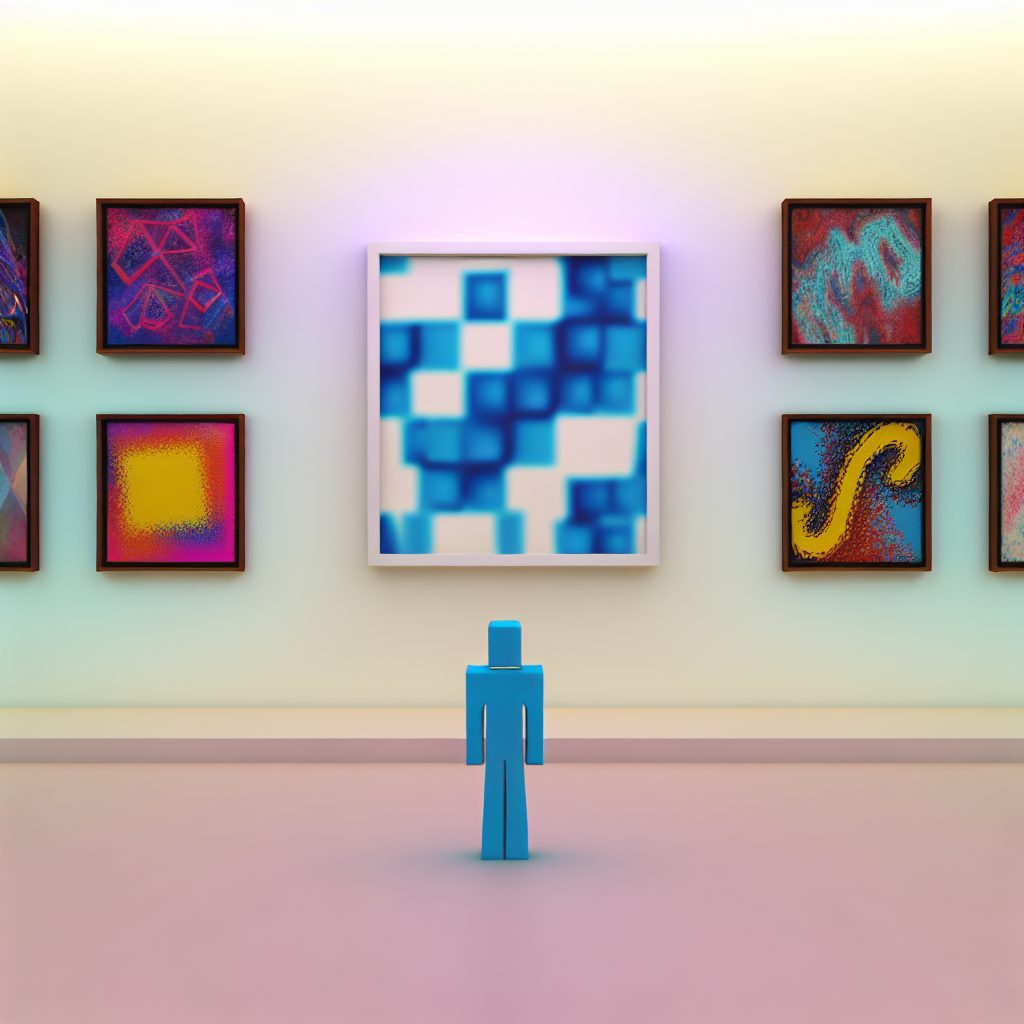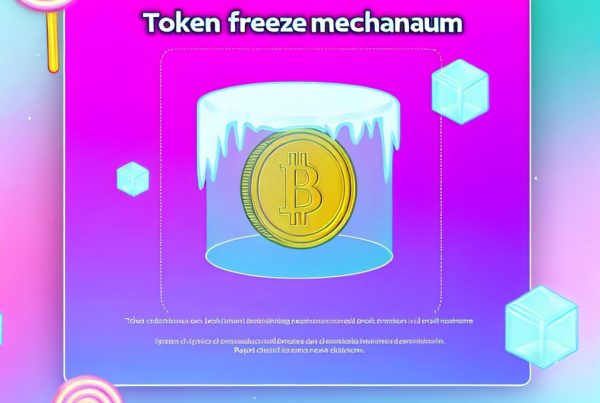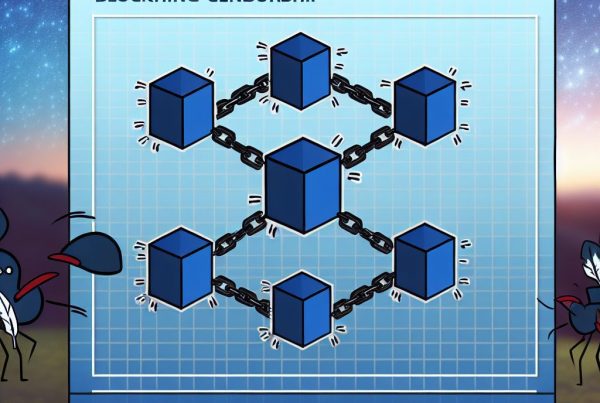Understanding NFT Trait Floors: A Comprehensive Guide
The world of Non-Fungible Tokens (NFTs) has revolutionized the way we perceive ownership and value in the digital space. As the market continues to evolve, new terminologies and concepts emerge, one of which is the NFT trait floor. This article delves into what an NFT trait floor is, its significance in the NFT ecosystem, and how it impacts collectors and investors alike.
What Are NFTs?
Before diving into the specifics of NFT trait floors, it’s essential to understand what NFTs are. NFTs are unique digital assets verified using blockchain technology, which ensures their authenticity and ownership. Unlike cryptocurrencies such as Bitcoin or Ethereum, which are fungible and can be exchanged for one another, NFTs represent distinct items, ranging from digital art and music to virtual real estate and collectibles.
Defining NFT Traits
NFTs often come with various attributes or characteristics known as traits. These traits can include visual elements, rarity levels, and other defining features that contribute to the overall value of the NFT. For example, in a collection of digital art, traits might include:
- Color schemes
- Backgrounds
- Accessories
- Character expressions
The uniqueness and rarity of these traits can significantly influence the desirability and market price of an NFT.
What Is an NFT Trait Floor?
The term NFT trait floor refers to the minimum price at which NFTs with a specific trait can be bought or sold in the market. This concept is crucial for collectors and investors as it helps them gauge the value of NFTs based on their traits. The trait floor is determined by analyzing the lowest sale prices of NFTs that share a particular characteristic within a collection.
Why Is the Trait Floor Important?
The trait floor serves several purposes in the NFT market:

- Valuation: It provides a benchmark for assessing the value of NFTs with specific traits.
- Market Trends: Observing changes in trait floors can indicate shifts in market demand and trends.
- Investment Decisions: Investors can use trait floors to make informed decisions about which NFTs to buy or sell.
How to Calculate the Trait Floor
Calculating the trait floor involves a few straightforward steps:
- Identify the NFT collection you are interested in.
- List all NFTs that share the specific trait.
- Gather the sale prices of these NFTs.
- Determine the lowest sale price among them; this is your trait floor.
For example, if you are analyzing a collection of digital avatars and want to find the trait floor for those wearing a specific hat, you would look at all sales of avatars with that hat and identify the lowest price.
Real-World Applications of Trait Floors
Understanding trait floors can significantly impact how collectors and investors approach the NFT market. Here are some practical applications:
1. Rarity and Value Assessment
Collectors often seek rare traits that can enhance the value of their NFTs. By knowing the trait floor, they can assess whether a particular NFT is undervalued or overvalued based on its traits.
2. Strategic Buying and Selling
Investors can use trait floors to time their purchases and sales effectively. For instance, if the trait floor for a specific characteristic is rising, it may indicate increasing demand, prompting investors to buy before prices escalate.
3. Community Engagement
Many NFT projects foster communities around their collections. Understanding trait floors can help community members discuss and strategize about their holdings, enhancing engagement and collaboration.
Case Study: Bored Ape Yacht Club
The Bored Ape Yacht Club (BAYC) is one of the most successful NFT collections, featuring unique digital apes with various traits. Each ape has distinct characteristics, such as clothing, accessories, and backgrounds. The trait floor for specific attributes, like rare hats or clothing, can fluctuate based on market demand.
For instance, if a particular hat becomes trendy within the community, the trait floor for apes wearing that hat may rise significantly. This dynamic showcases how trait floors can reflect broader market trends and community interests.
Market Trends and Trait Floors
Monitoring trait floors can provide insights into market trends. For example, if multiple collections see a rise in trait floors for certain characteristics, it may indicate a growing interest in those traits across the NFT space. This information can be invaluable for investors looking to capitalize on emerging trends.
Challenges in Determining Trait Floors
While calculating trait floors can be beneficial, there are challenges to consider:
- Market Volatility: The NFT market is highly volatile, and trait floors can change rapidly.
- Limited Data: In some cases, there may not be enough sales data to accurately determine a trait floor.
- Subjectivity: The perceived value of traits can be subjective, leading to discrepancies in trait floor calculations.
FAQs About NFT Trait Floors
What is the difference between a trait floor and a collection floor?
The collection floor refers to the minimum price of any NFT within a collection, while the trait floor focuses specifically on the minimum price of NFTs sharing a particular trait.
How often do trait floors change?
Trait floors can change frequently due to market dynamics, including demand fluctuations and new sales. Regular monitoring is essential for accurate assessments.
Can trait floors be used for all NFT collections?
Yes, trait floors can be calculated for any NFT collection that has distinct traits. However, the availability of sales data may vary between collections.
How can I find trait floor data?
Several platforms provide analytics and data on NFT collections, including trait floors. Websites like OpenSea and NFTGo offer tools to analyze NFT traits and their respective floors.
Conclusion
The concept of an NFT trait floor is a vital aspect of the NFT ecosystem, providing insights into the value and desirability of specific traits within collections. By understanding how to calculate and interpret trait floors, collectors and investors can make informed decisions in the ever-evolving NFT market.
As the NFT landscape continues to grow, staying updated on market trends and trait valuations will be crucial for anyone involved in this space. For the latest news and price tracking in the cryptocurrency world, consider visiting Bitrabo.
For more insights and updates, follow me on X, Instagram, and Threads.
Disclaimer: This article is for informational purposes only and should not be considered financial advice. Always conduct your research before making investment decisions.
The Crypto Watchlist of the Week 🔎
Subscribe to receive expert-curated projects with real potential—plus trends, risks, and insights that matter. Get handpicked crypto projects, deep analysis & market updates delivered to you.


